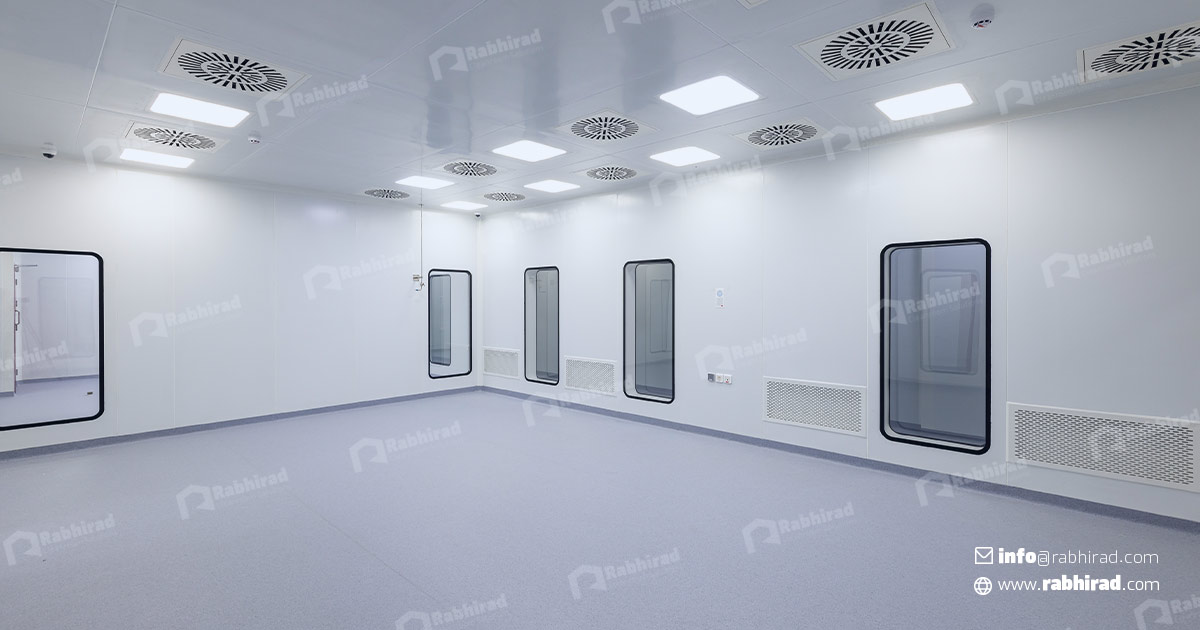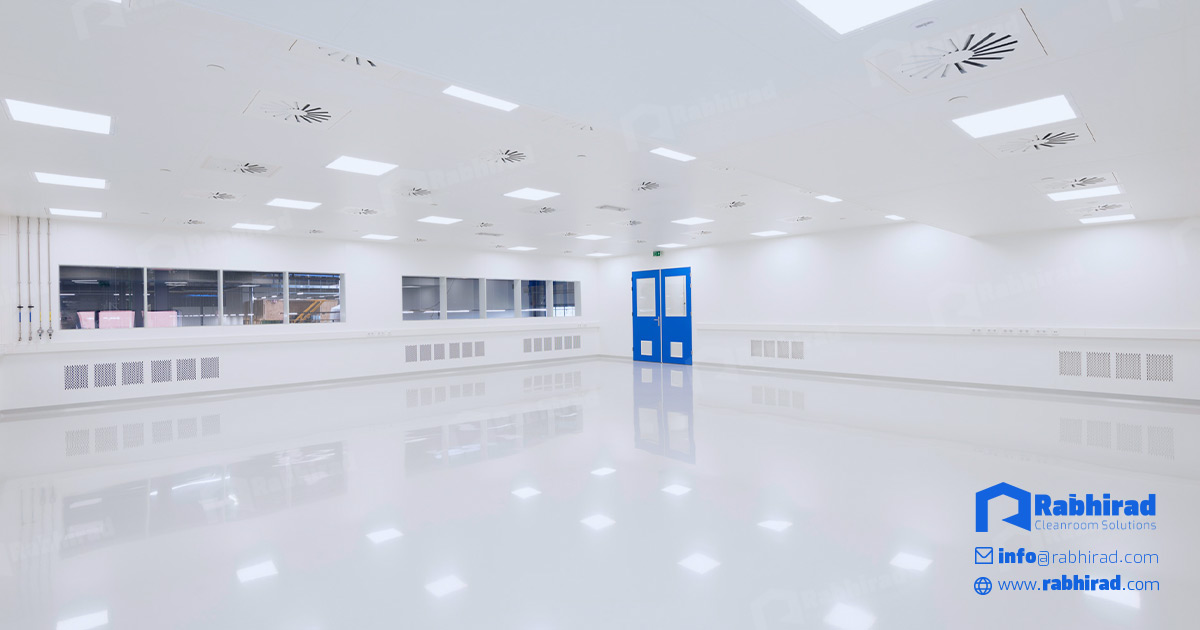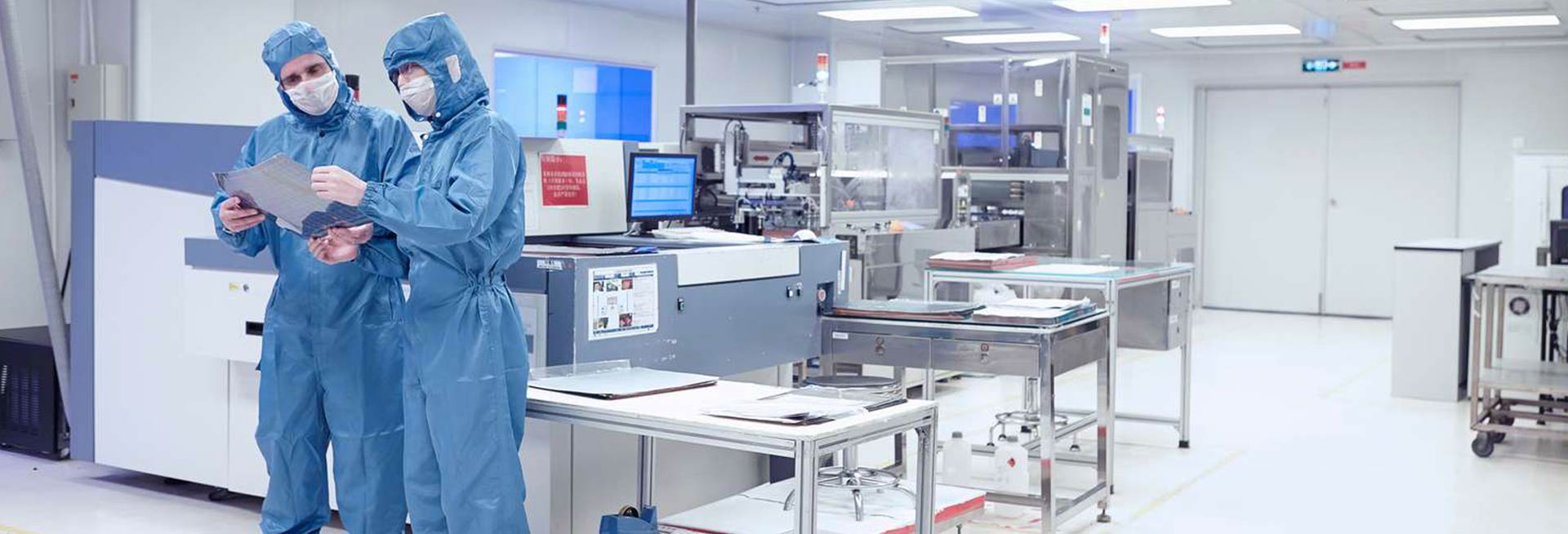
The research, development, and production processes of specific products and medicines require environmental conditions in which the concentration of airborne particles must remain within normal limits. These conditions are achieved in a cleanroom environment specifically designed for this purpose. A cleanroom is a controlled environment that maintains an established concentration of airborne particles, along with other critical parameters such as temperature, humidity, and pressure, which must be adjusted as needed.
Cleanroom filtration systems are essential for maintaining air cleanliness and reducing the presence of particulate matter. Additionally, the use of cleanroom UV lamps plays a vital role in minimizing microbial contamination by disinfecting surfaces and the air within these controlled spaces. Microbiological contamination in a cleanroom is a significant concern and serves as a key indicator of potential risks in these environments. Microbial testing, also known as environmental monitoring (EM), involves the examination of living microorganisms and non-viable particles in critical areas like cleanrooms.

Implementing a robust microbial monitoring program through EM, process monitoring, and product sterility testing is a regulatory requirement for current Good Tissue Practices (GTP) and Good Manufacturing Practices (GMP) in cell therapy laboratories operating under cleanroom conditions.
In 2023, Amanda D. East and her colleagues at the National Institutes of Health introduced a comprehensive and accredited program designed to minimize microbial bioburden in cleanrooms and associated testing laboratories. Their program emphasizes the importance of precise cleanroom suits and gowning, cleaning protocols, environmental monitoring, and personnel monitoring measures to ensure that the facilities operate within controlled parameters.
Dr. East's method consists of a step-by-step guide outlining a four-section protocol on how to develop and implement the best aseptic practices in a cleanroom environment. This includes personnel gowning procedures, cleaning protocols, staging of materials, viable air and surface culture monitoring, non-viable particle air monitoring, and product sterility testing in accordance with the compendial United States Pharmacopeia (USP) methods or the NIH Methods. This meticulous protocol serves as a valuable reference to create a comprehensive microbial monitoring and control program that complies with regulatory requirements when combined with end-user validation and risk assessments.
Dr. East also emphasizes that developing a robust GTP/GMP program requires significant time and effort and cannot be merely transferred from one facility to another. The United States Food and Drug Administration (FDA) requires that all programs undergo end-user validation testing, even when there are third-party published results indicating their efficacy. Consequently, microbial control and testing strategies may vary between institutions due to differing factors such as cleanroom design, facility flora, and product risk classification.

he strategies outlined in Dr. East's protocol provide a framework to establish a comprehensive microbial monitoring and control program for GTP/GMP laboratories. By adhering to these guidelines, laboratories can enhance their operational control and ensure that they meet stringent regulatory standards, ultimately fostering safer environments for the development and production of critical pharmaceutical products.
In RabHirad we provide Cleanroom supplies and solutions, including filtration systems, filter boxes and BSL3 doors that are vital for achieving and maintaining the integrity of these environments.
As an expert in cleanroom technologies and environmental monitoring solutions, RabHirad Company provides a wide range of products and services tailored to meet the stringent requirements of cleanroom environments. With a focus on cutting-edge filtration systems, UV sterilization technologies, and microbial monitoring equipment, RabHirad ensures that laboratories and production facilities comply with GTP and GMP standards. Their commitment to quality and innovation positions them as a trusted partner for enhancing cleanroom operations and maintaining regulatory compliance.
East AD, Gebo JE, Lau AF. Microbial Control and Monitoring Strategies for Cleanroom Environments and Cellular Therapies (Video)| JoVE. JoVE (Journal of Visualized Experiments). 2023 Mar 17(193):e65209.









